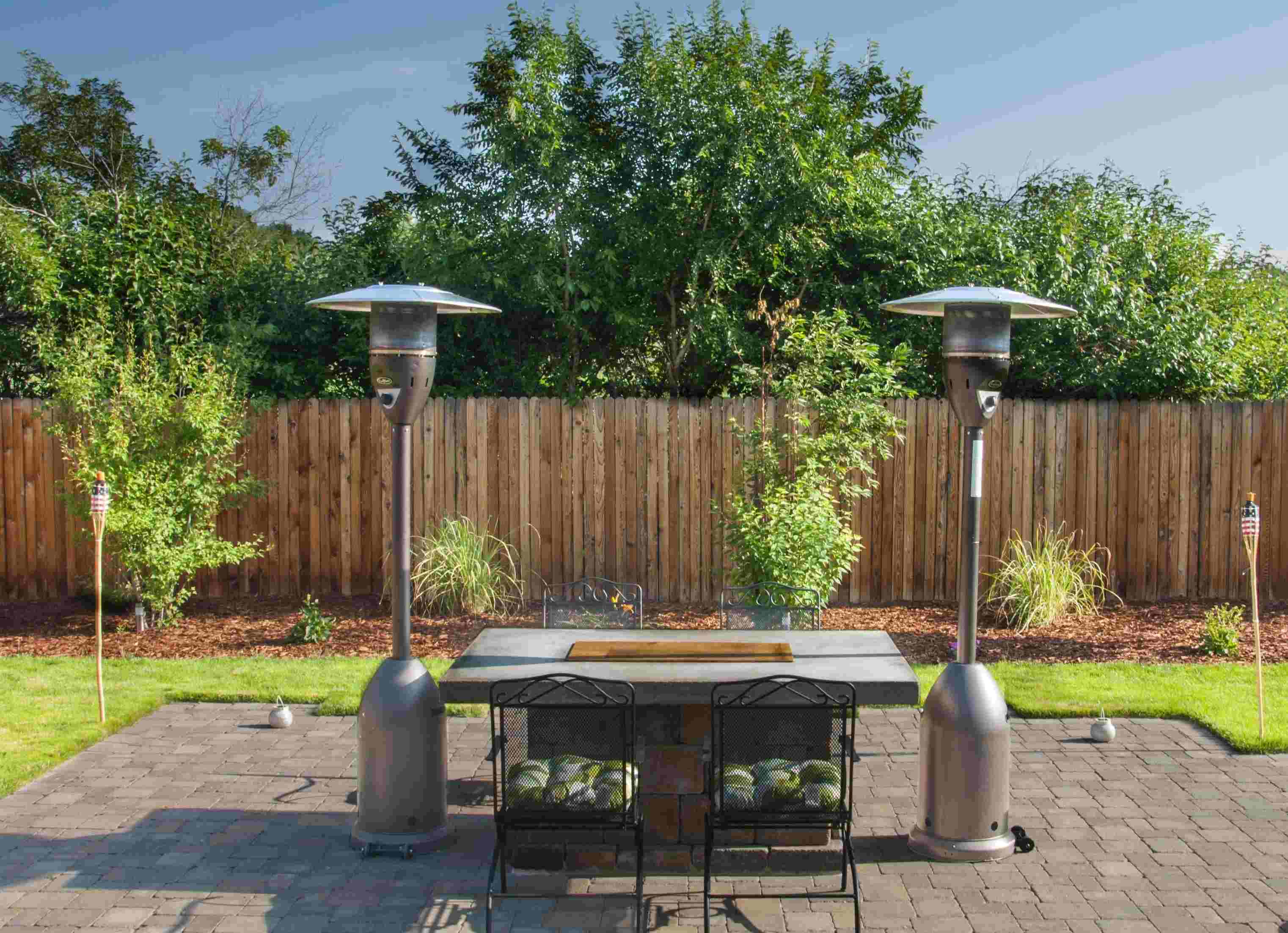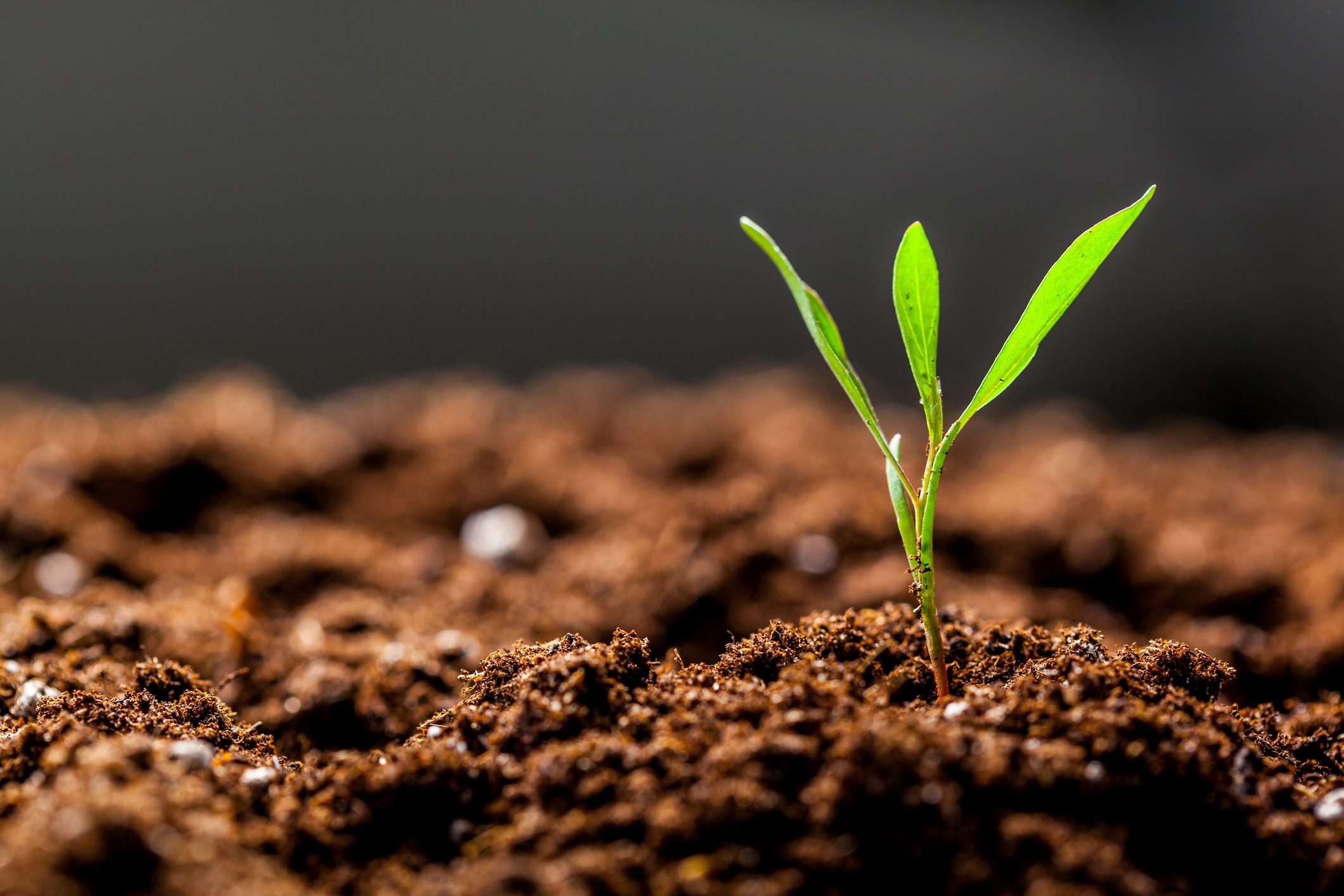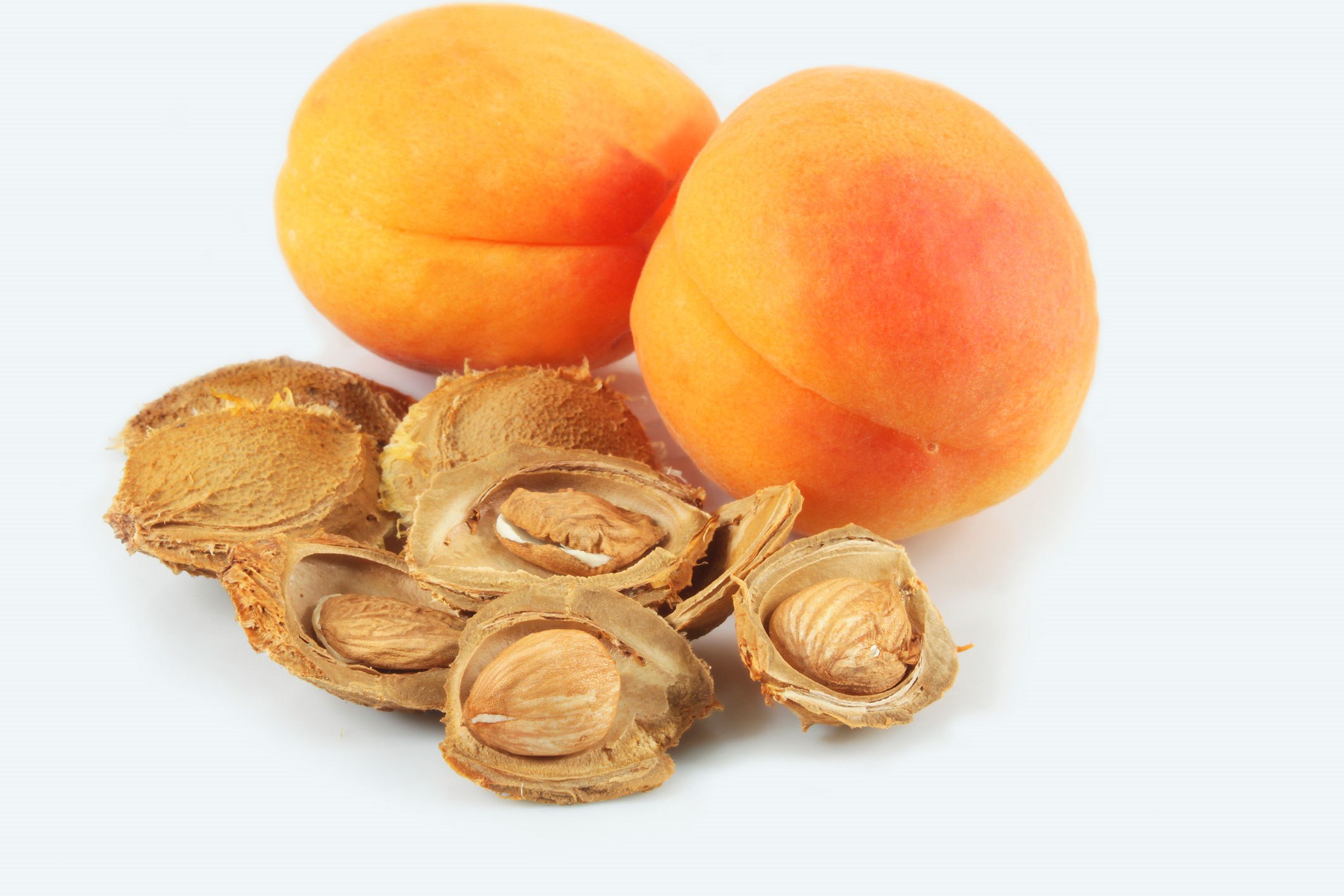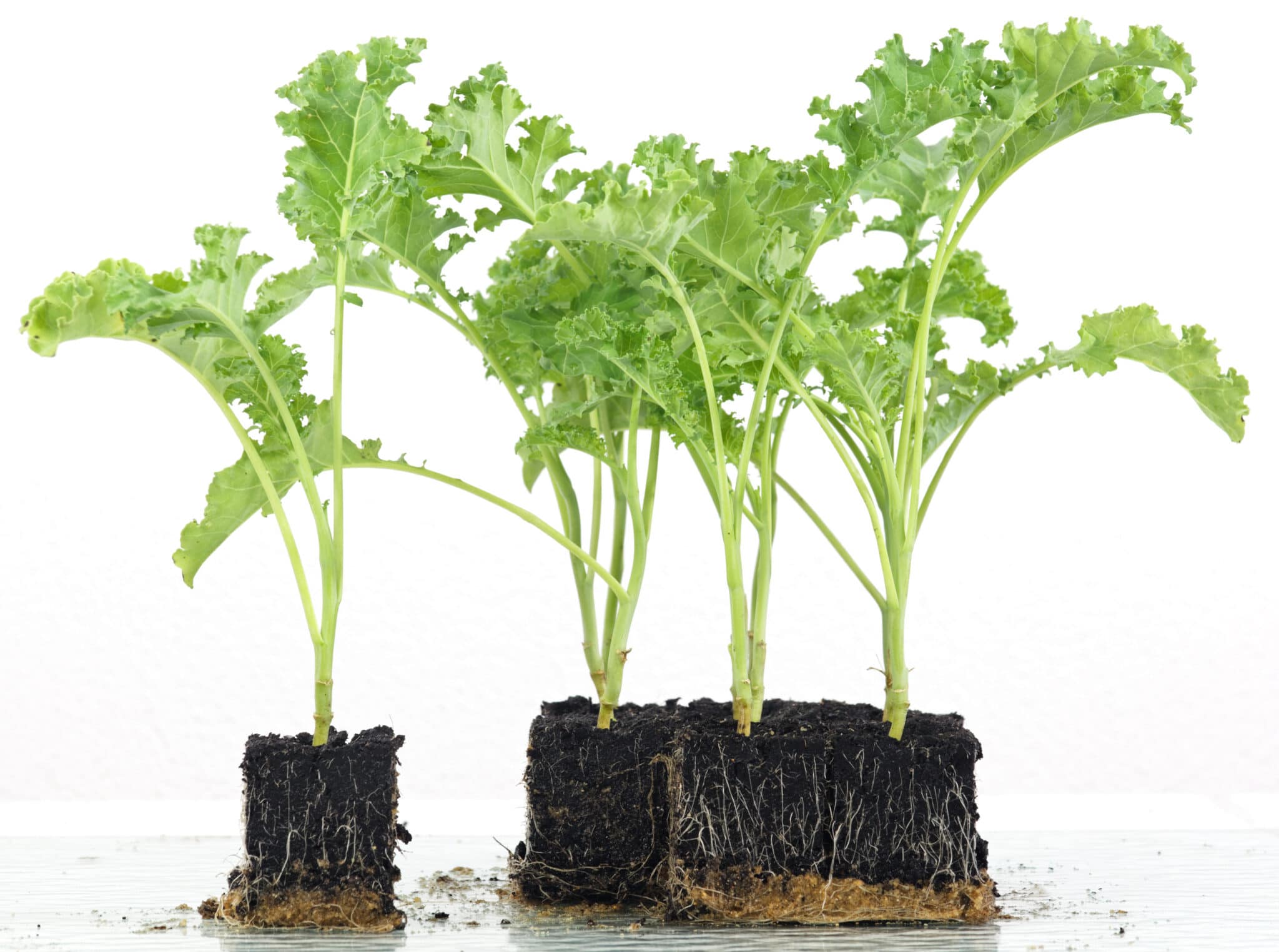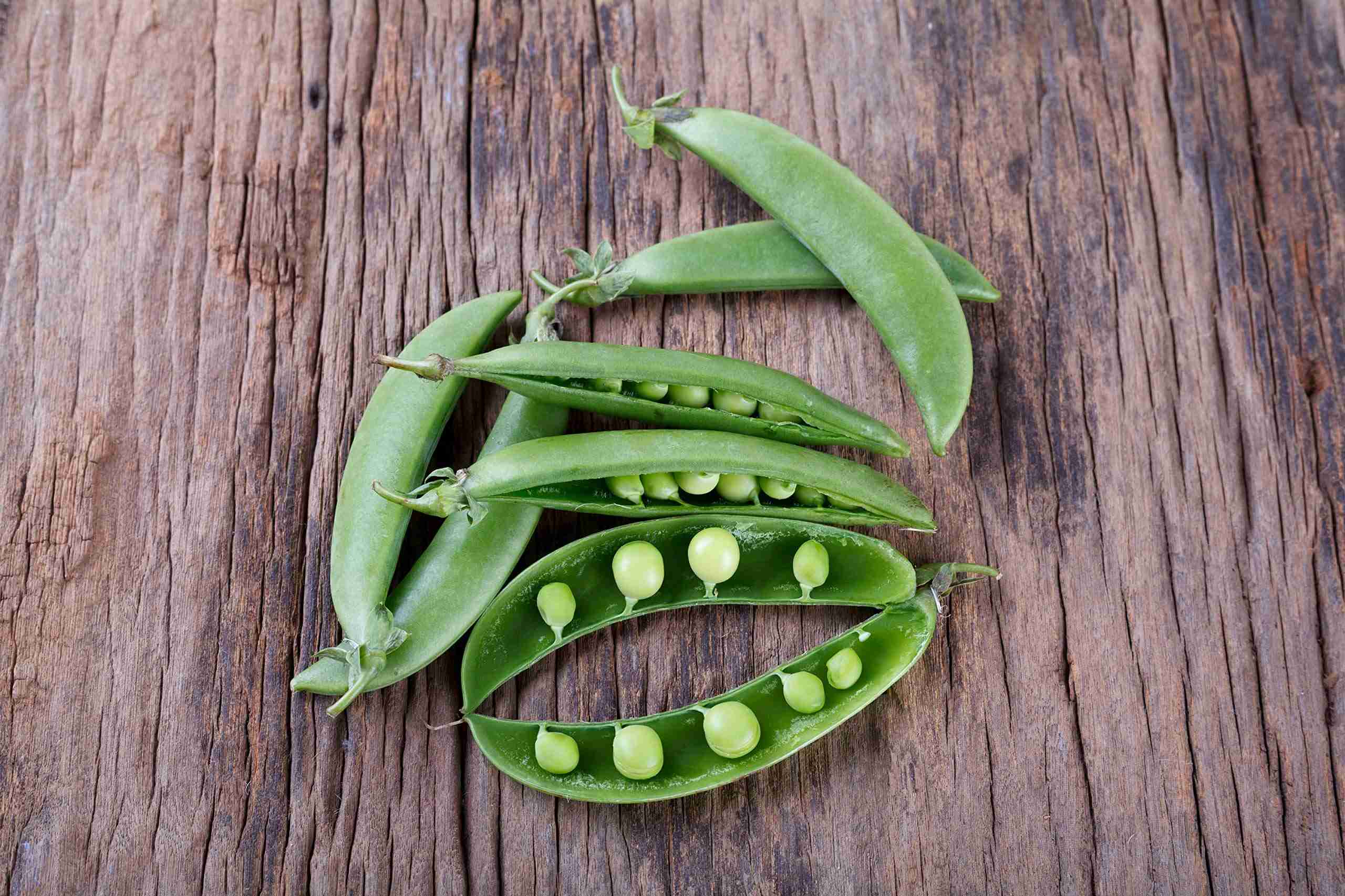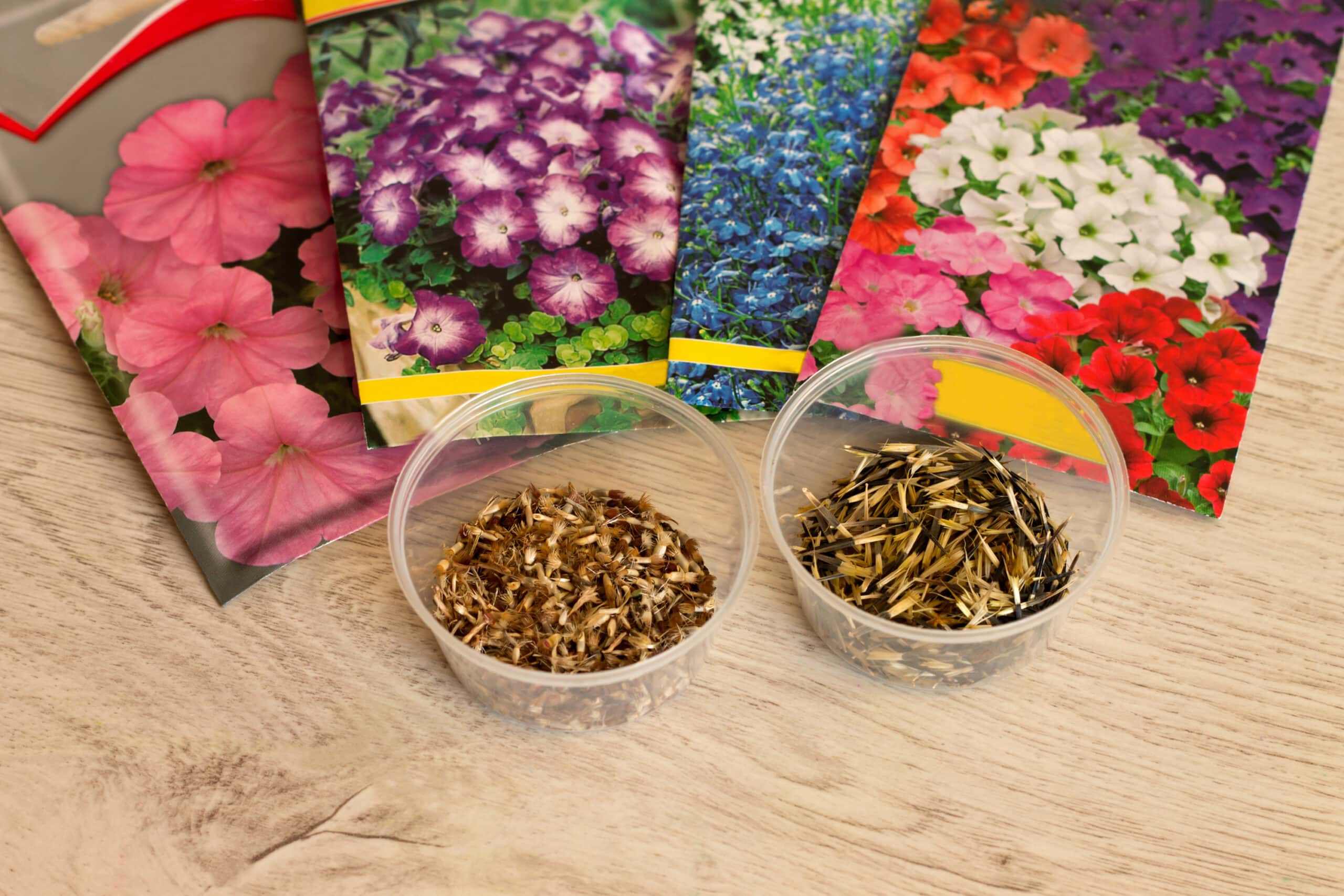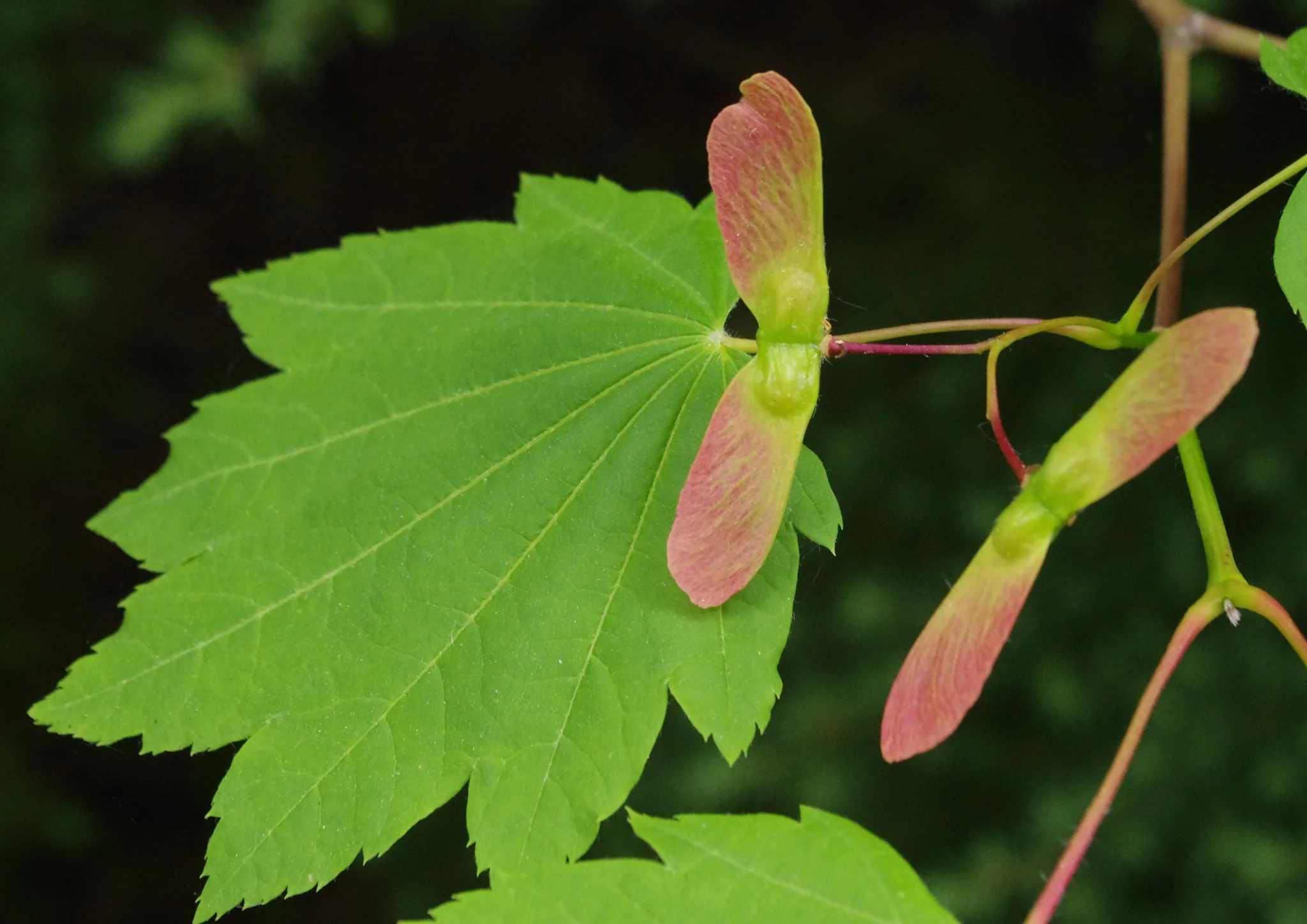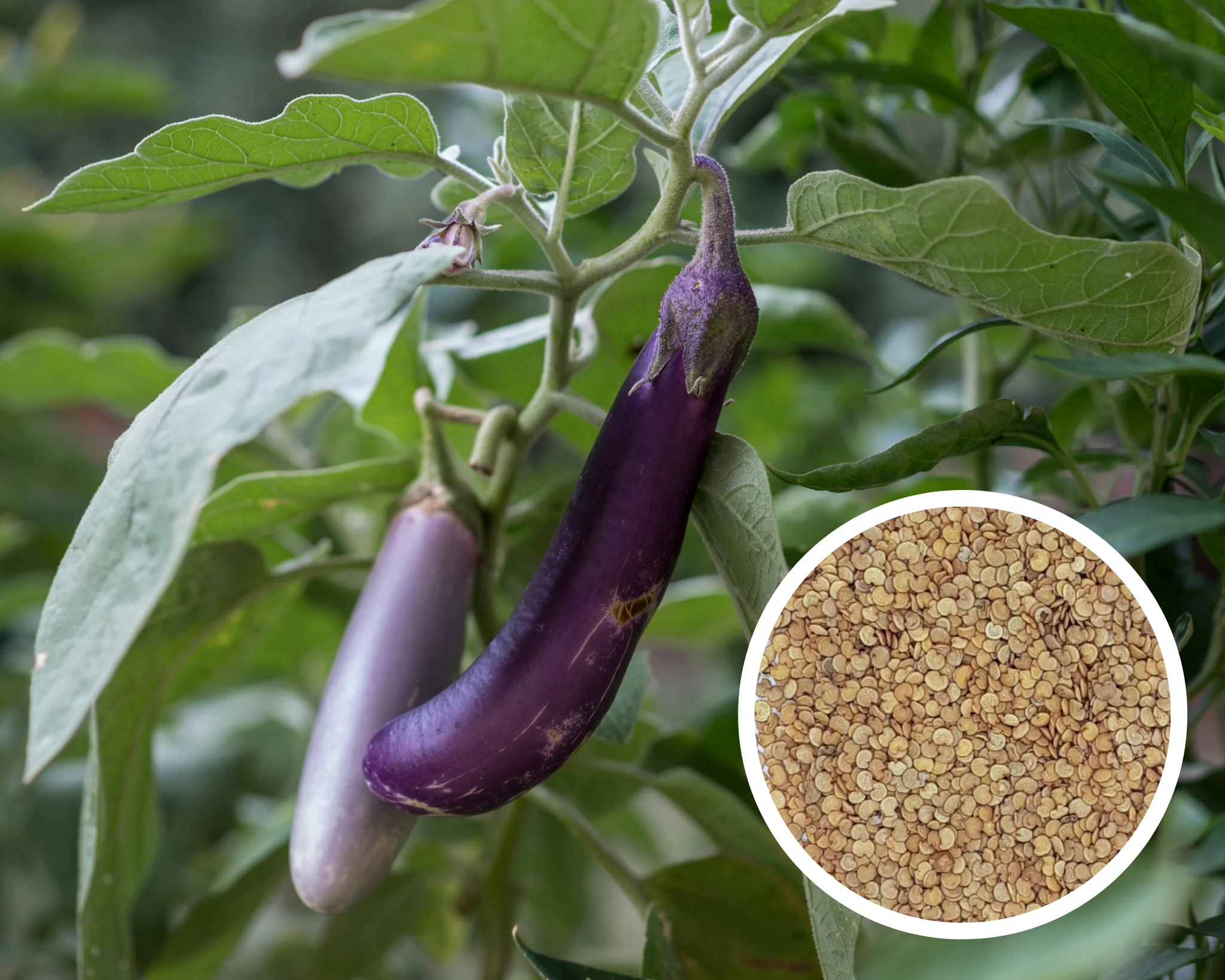Home>Types of Gardening>Ornamental Gardening>How To Plant Mango Seeds: Which Way Up?
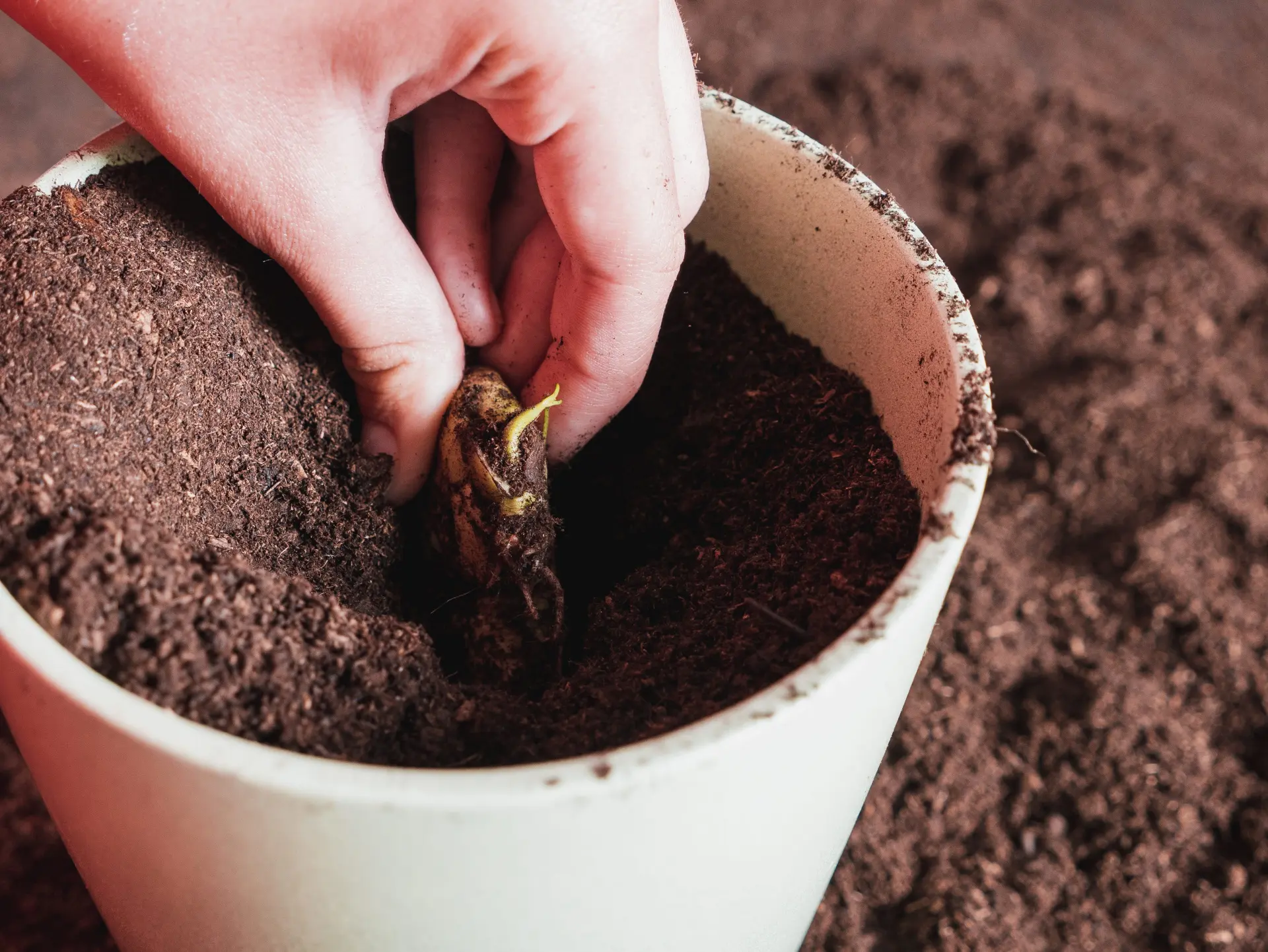

Ornamental Gardening
How To Plant Mango Seeds: Which Way Up?
Modified: February 9, 2024
Learn the proper way of planting a mango seed in your garden. Discover the best side to plant it up for successful growth. Perfect for ornamental gardening enthusiasts.
(Many of the links in this article redirect to a specific reviewed product. Your purchase of these products through affiliate links helps to generate commission for Chicagolandgardening.com, at no extra cost. Learn more)
Table of Contents
Introduction
Welcome to the world of ornamental gardening, where beauty blooms in every corner. Whether you have a sprawling backyard or a cozy balcony, creating an enchanting outdoor space filled with vibrant ornamental plants can bring joy and serenity to your life. Among the many stunning plant varieties available, one that stands out for its magnificent beauty and delicious fruit is the mango tree.
The mango tree (Mangifera indica) is a tropical tree species native to South Asia. Renowned for its sweet and juicy fruit, the mango tree also possesses incredible ornamental value, with its lush foliage and stunning flowers. Planting a mango seed and watching it grow into a magnificent tree can be a rewarding and fulfilling experience, allowing you to enjoy both the beauty and deliciousness it offers.
In this article, we will guide you through the process of planting a mango seed, from selecting the right seed to caring for the seedling. Whether you are a beginner or a seasoned gardener, this step-by-step guide will provide you with the knowledge and confidence to successfully grow your own mango tree.
So, let’s dive in and embark on this exciting journey of planting and nurturing a mango seed. Get ready to witness nature’s wonders unfold right in your own backyard or balcony!
Step 1: Choosing a Mango Seed
When it comes to planting a mango seed, selecting a high-quality seed is the first crucial step. While you can purchase mango seeds from a store or nursery, you can also use the seed from a fresh mango fruit you’ve enjoyed. Here’s how to choose the perfect mango seed:
- Choose a ripe and healthy mango: Look for a mango that is fully ripe, with vibrant colors and a sweet aroma. Avoid mangoes that are overripe or have signs of decay.
- Extract the seed carefully: Cut open the mango and gently remove the fibrous flesh from around the seed. Be cautious not to damage the seed in the process.
- Inspect the seed: Examine the mango seed for any signs of damage or rot. A healthy mango seed should be firm, plump, and free from any blemishes or mold.
- Wash the seed: Rinse the mango seed gently with water to remove any remaining fruit residue. Pat it dry with a clean towel.
- Consider the mango variety: Keep in mind that the mango tree grown from a seed may not produce the same fruit as the parent tree. If you have a specific mango variety in mind, it’s best to purchase a grafted mango plant from a nursery to ensure its characteristics.
By carefully selecting a healthy and viable mango seed, you increase the chances of successfully growing a thriving and fruitful mango tree. Remember, each seed has the potential to create a unique and beautiful tree, so enjoy the journey of discovering its traits as it grows.
Step 2: Preparing the Mango Seed
After choosing a high-quality mango seed, the next step is to prepare it properly before planting. This preparation helps to enhance the chances of successful germination. Follow these steps to prepare your mango seed:
- Remove the outer husk: Mango seeds are encased in a tough outer husk. To facilitate germination, carefully remove this husk by cracking it open with a knife. Be cautious not to damage the inner seed.
- Locate the embryo within: Once the husk is removed, you will notice a slight ridge on one side of the seed. This ridge indicates the presence of the embryo, which is the part that will eventually sprout into a seedling.
- Identify the top and bottom ends: The mango seed has a distinct shape with a narrow tip at one end and a broader base at the other. The top end is usually more pointed, while the bottom end is slightly flat. It is important to determine which end is the top and which is the bottom.
- Soak the seed: Place the mango seed in a container of water and let it soak for about 24 hours. This soaking process helps to soften the seed coat and promotes germination.
Remember to handle the mango seed with care during the preparation process to avoid any damage. Preparing the mango seed sets the foundation for healthy growth and increases the chance of successful germination. Once you’ve completed this step, you’re ready to proceed to the exciting part of planting the mango seed.
Step 3: Planting the Mango Seed
Now that you have prepared the mango seed, it’s time to plant it and watch it spring to life. Follow these steps to ensure successful planting:
- Select a suitable container: Choose a pot or container that is at least 10-12 inches deep, with good drainage holes. This will provide ample space for the seedling’s roots to grow.
- Prepare the planting medium: Use a well-draining soil mix composed of equal parts of garden soil, compost, and sand. This mixture allows for proper water drainage and provides necessary nutrients for the seedling.
- Plant the seed: Place the mango seed in the prepared container with the pointed end facing upwards. Gently cover it with the planting medium, ensuring that the top part of the seed remains visible.
- Water the seed: Thoroughly water the soil after planting to moisten it evenly. Avoid overwatering, as this can lead to rotting. Maintain a slightly moist soil throughout the germination process.
- Provide optimal conditions: Place the container in a warm and well-lit area, which receives plenty of indirect sunlight. Mango seeds require temperatures between 70-85°F (21-29°C) to germinate successfully.
- Be patient: Mango seeds typically take 2-4 weeks to germinate, but it can vary depending on the environmental conditions. During this time, check the soil moisture regularly and be patient as you wait for the seed to sprout.
Remember to monitor the planting medium’s moisture levels and make adjustments accordingly. Soon enough, you’ll witness the wonder of life as your mango seed transforms into a seedling, eager to grow and thrive.
Step 4: Caring for the Mango Seedling
Once your mango seedling emerges from the soil, it’s time to provide it with the care and attention it needs to develop into a healthy and robust tree. Follow these essential steps to ensure proper care for your mango seedling:
- Watering: Keep the soil consistently moist, but avoid overwatering. Ensure the pot has proper drainage to prevent waterlogging, which can lead to root rot. Water deeply whenever the top inch of soil feels dry.
- Sun exposure: Place the seedling in a sunny location where it can receive at least 6-8 hours of sunlight per day. Ensure adequate air circulation around the plant to prevent the buildup of moisture, which can promote fungal diseases.
- Fertilization: Feed your mango seedling with a balanced slow-release fertilizer once a month during the growing season (spring and summer). Follow the product instructions for the appropriate application rate.
- Pruning: Once your seedling has grown a few sets of leaves, you can trim off any weak or damaged branches. This promotes healthier growth and helps shape the tree’s structure as it matures.
- Support: As your mango seedling grows taller, it may need support to prevent it from bending or snapping in strong winds. Use stakes or a trellis to provide support and guide the upward growth.
- Pest and disease control: Monitor your mango seedling for signs of pests or diseases, such as aphids or powdery mildew. If detected, treat the issue with appropriate organic or chemical controls, following the instructions carefully.
By providing your mango seedling with proper care and attention, you’ll nurture its growth and help it develop into a thriving and fruitful tree. Remember, each mango tree has its own growth rate, so be patient as you observe its progress and anticipate the day when you’ll savor the delicious fruits it will bear.
Step 5: Transferring the Mango Seedling to a Pot
As your mango seedling continues to grow, it will eventually outgrow its initial container. Transferring the seedling to a larger pot or outdoor location allows for better root development and continued growth. Follow these steps to successfully transplant your mango seedling:
- Select a suitable pot: Choose a pot that is at least 18-24 inches in diameter and has drainage holes. This will provide enough space for the roots to spread and allow for proper water drainage.
- Prepare the potting soil: Use a well-draining potting mix enriched with organic matter. You can also mix equal parts of garden soil, compost, and sand to create a suitable medium for the mango tree.
- Fill the new pot halfway: Fill the new pot halfway with the prepared potting soil, leaving enough room to accommodate the seedling’s root system.
- Carefully remove the seedling: Gently remove the mango seedling from its current container, being cautious not to damage the roots. Place it in the new pot, ensuring that it sits at the same depth it was previously planted.
- Fill the remaining space: Fill the remaining space around the seedling with the potting soil, gently firming it down to secure the plant. Avoid packing the soil too tightly to allow for proper water absorption.
- Water thoroughly: Water the newly transplanted mango seedling deeply to settle the soil and remove any air pockets. Ensure that water drains freely from the bottom of the pot.
- Provide proper care: Place the transplanted mango seedling in a sunny location and continue to provide regular watering, fertilization, and pest management as outlined in Step 4.
Transplanting your mango seedling to a larger pot provides it with the room it needs to continue growing and thriving. With proper care and a suitable environment, your mango tree will flourish, adding beauty and a touch of tropical delight to your landscape.
Conclusion
Congratulations! You’ve now learned the step-by-step process of planting and caring for a mango seed to grow into a beautiful and fruitful tree. From selecting a high-quality seed to preparing it, planting it, and providing proper care, you have all the knowledge and guidance needed to embark on this exciting gardening journey.
Remember, growing a mango tree from seed requires patience and dedication. It may take several years before your tree begins to bear fruit, but the journey itself is rewarding. As your mango tree grows, it will bring you joy with its lush foliage, stunning flowers, and eventually, delicious mangoes.
Keep in mind that while growing a mango tree from seed is a wonderful experience, the tree may not produce the exact same fruit as the parent plant. If you have a specific mango variety in mind, it’s best to purchase a grafted mango plant from a nursery to ensure its desired characteristics.
Now, armed with the knowledge of ornamental gardening and the process of growing a mango seed, unleash your creativity and embrace the joy of transforming your garden or balcony into a magnificent oasis. Watch as your mango seedling takes root, grows, and becomes a testament to your love for nature and your green thumbs.
So, grab your gardening tools, get your hands dirty, and let the magic of growing a mango tree begin!

